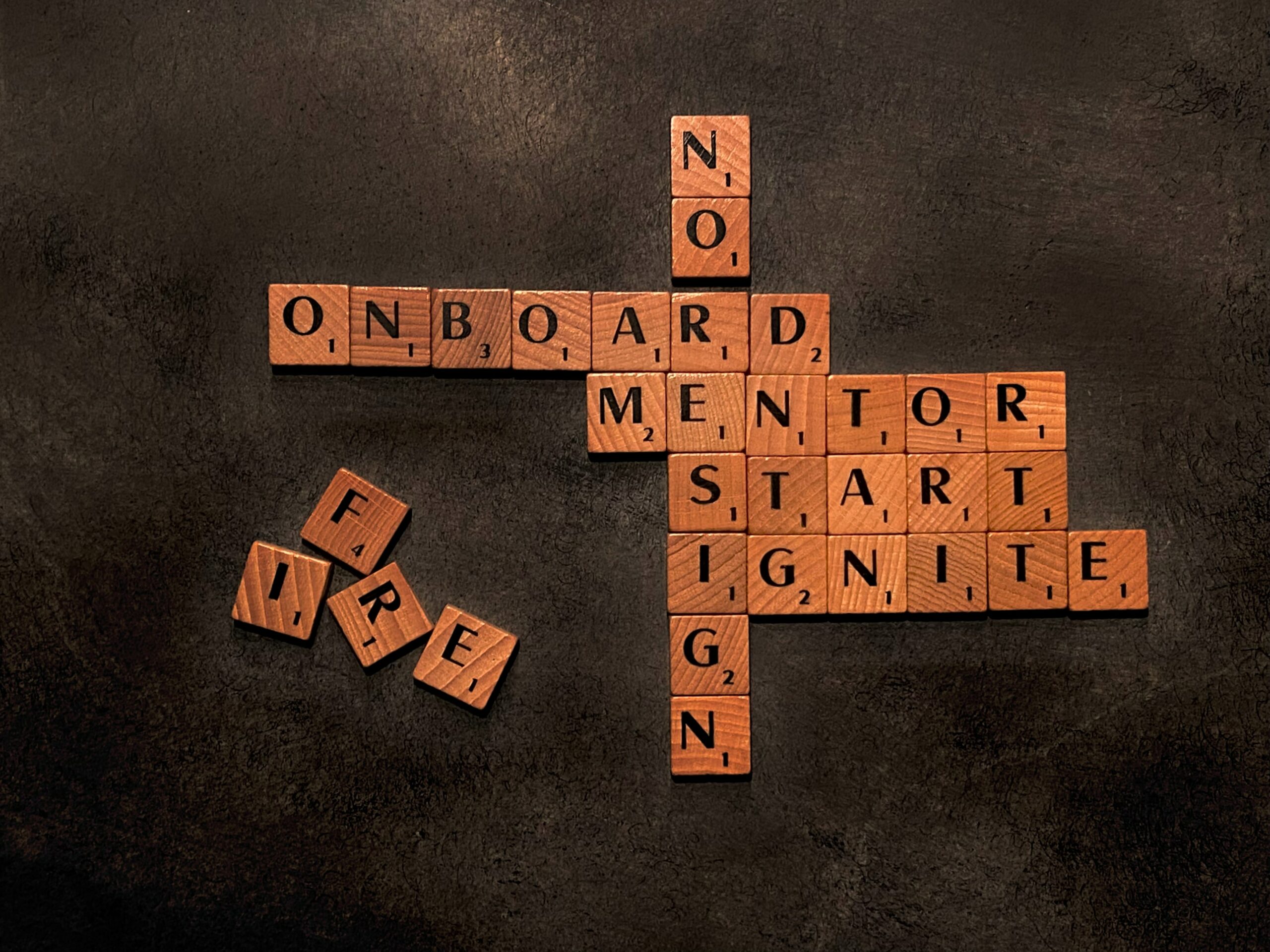


Customer relationship management (CRM) software has been on the rise in recent years. But even though they are being used more and more frequently in companies, numerous studies show that their performance can still be optimized. And at the heart of your CRM strategy lies the onboarding of your employees. Because a tool, however powerful it may be, must be used by everyone for its full potential to be realized. So, what are the necessary steps to successfully onboard your employees?
In 2019, CRM usage increased by about 18% worldwide, compared to the previous year. An above-average growth rate, which reveals an acceleration in the global CRM market. If these customer relationship software are becoming more and more attractive to companies, it is mainly due to the simplification of processes, the sharing of data and the promotion of agility. To be effective, however, this tool must be used and mastered by its end users, whether it is a customized CRM or a CRM in SaaS mode (such as Salesforce, Dynamics 365, Oracle, etc.). The key element to consider is user onboarding.
This onboarding is much more than a simple presentation of the CRM, as it has a direct impact on the usability of the applications, the performance of the teams and the commitment of the employees. Its goal is to enable end users to understand the added value of CRM and to promote its use from the start.
Getting started with a CRM without training can be like preparing a fine dish without a recipe. So, in order not to make a mistake, it is important to explain to your employees why you have chosen this type of tool and what benefits they will get from it on a daily basis. This is simply the recipe for your success. CRM can standardize and simplify business processes, centralize data for better contact management and automate repetitive tasks to save time and increase sales power. It is therefore crucial that your teams understand the usefulness of CRM to use it effectively.
“Welcome to your new workspace.”
This welcome message may well change the way your employees perceive their new CRM software. As with hiring a new employee, without a proper welcome, adoption will not be effective. Your employees are already using many digital solutions for work, so it’s important to create a connection between them and their CRM from the first time they use it. This can help create a supportive environment for the use of digital tools and encourage your employees to adopt their CRM.
43% of CRM users do not use half of the features available on their platform, according to a CSO Insights study. That’s why training is crucial for optimal CRM usage. It can influence user engagement and team performance. Poor training can lead to negative consequences such as slow project management, lost leads and deteriorating customer satisfaction. The best way to improve efficiency? Use interactive guides built into CRMs. The best way to train yourself to discover how to prospect, manage sales, follow-up, and much more.
Onboarding is a constantly evolving process that adapts to users. It does not have a predefined form or duration. So, to build a customized onboarding, data is essential. By analyzing the data available on your solutions, you can measure the quality of the user experience and use this information to constantly optimize your onboarding process and improve your sales processes.
By optimizing your onboarding, you not only help your teams work better, but you also improve customer management and, consequently, the customer experience.
User onboarding is crucial to accelerate the adoption of your CRM, whether it’s an off-the-shelf solution or an in-house solution. It’s a continuous process from building awareness of the tool to measuring results. And since CRMs are constantly evolving with new features, the onboarding process can be repeated over and over again.
Digital adoption solutions, also known as DAP, are specifically designed to facilitate the onboarding of SaaS applications. These solutions are compatible with all SaaS software such as ERP, CRM, HRIS, E-Procurement, Digital Workplace, and internal tools. Users are thus supported directly from their applications, without having to leave the tool to be trained.
The DAP allows you to create personalized onboarding paths according to the different types of users present on your SaaS software. For example, it is possible to create a differentiated onboarding for buyers and suppliers in E-Purchasing, for sales or marketing teams in CRM, or for HR and employees in HRIS.
Our K-NOW solution, a digital adaptation platform, guides your teams in the adoption of your HRIS solution. Tutorials, training… everything is there for an easy and fluid learning curve and updates, in onboarding mode, feedback, intelligent guidance, etc.